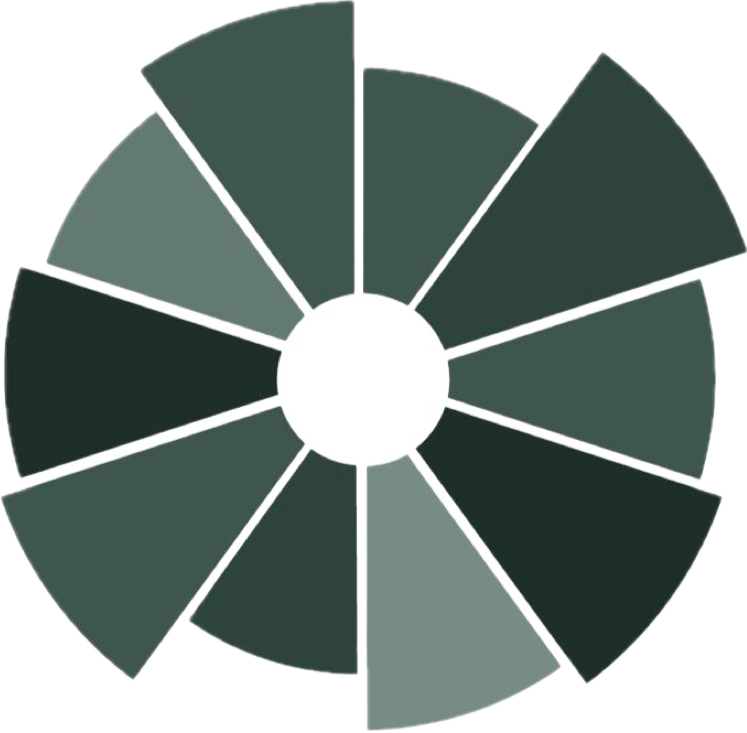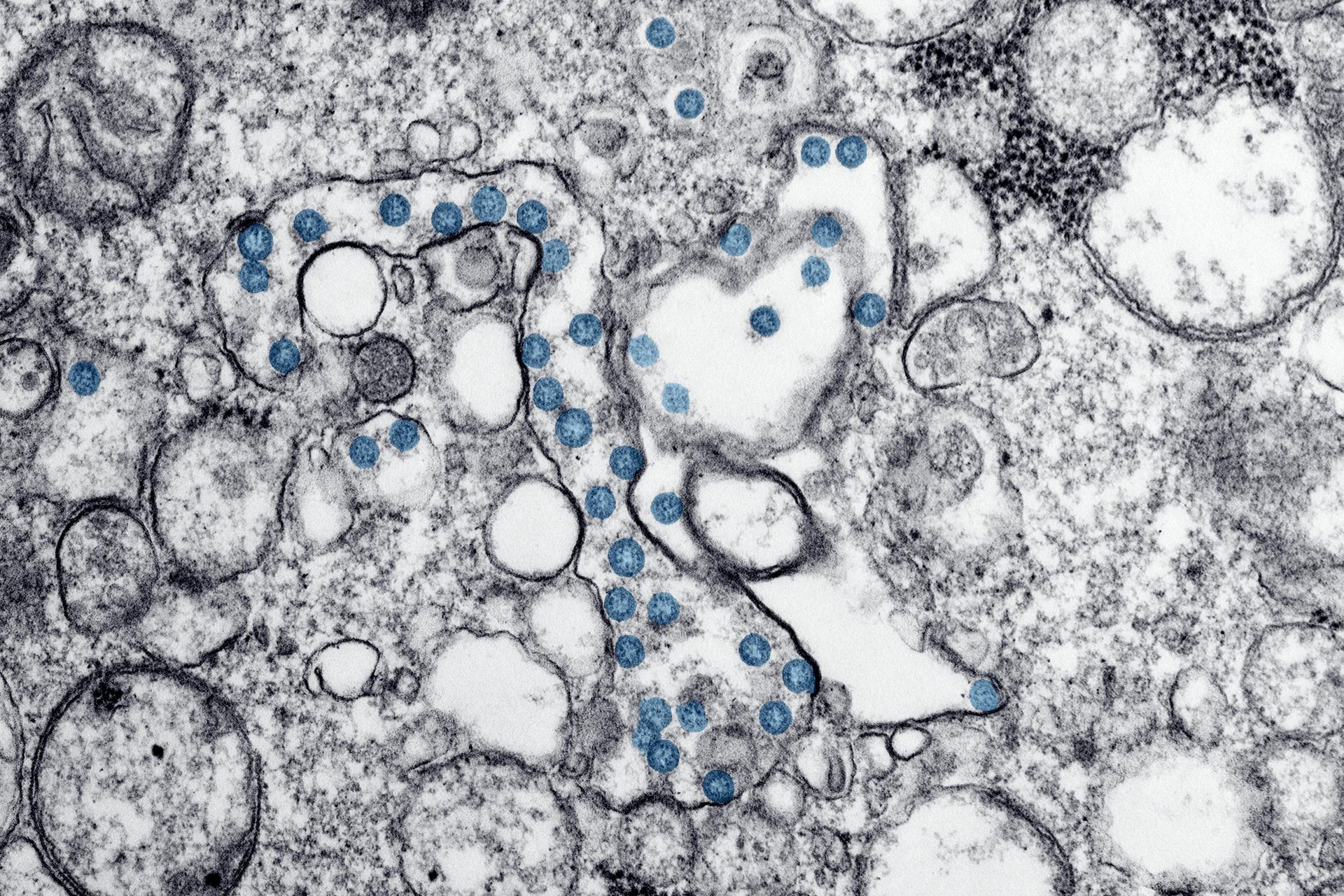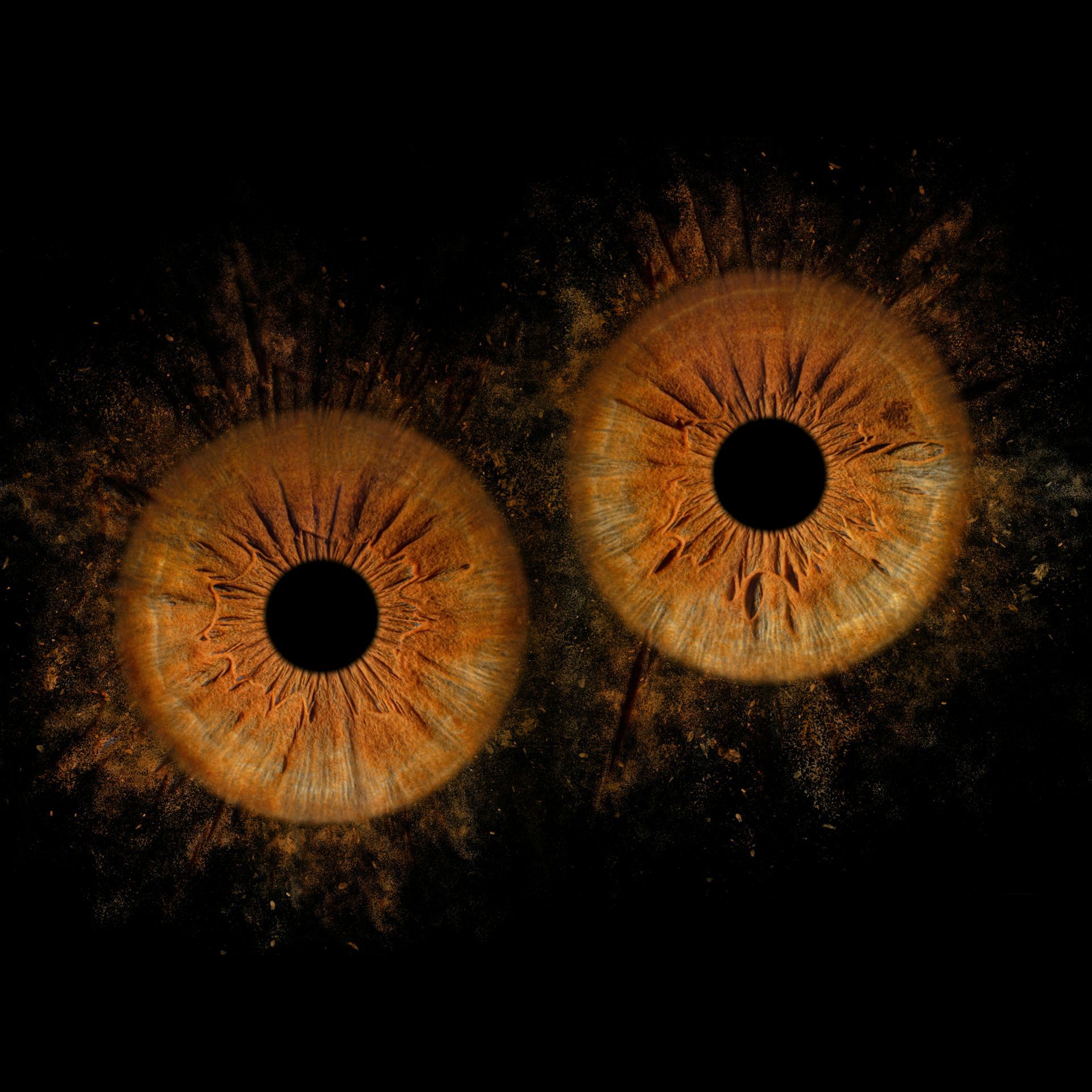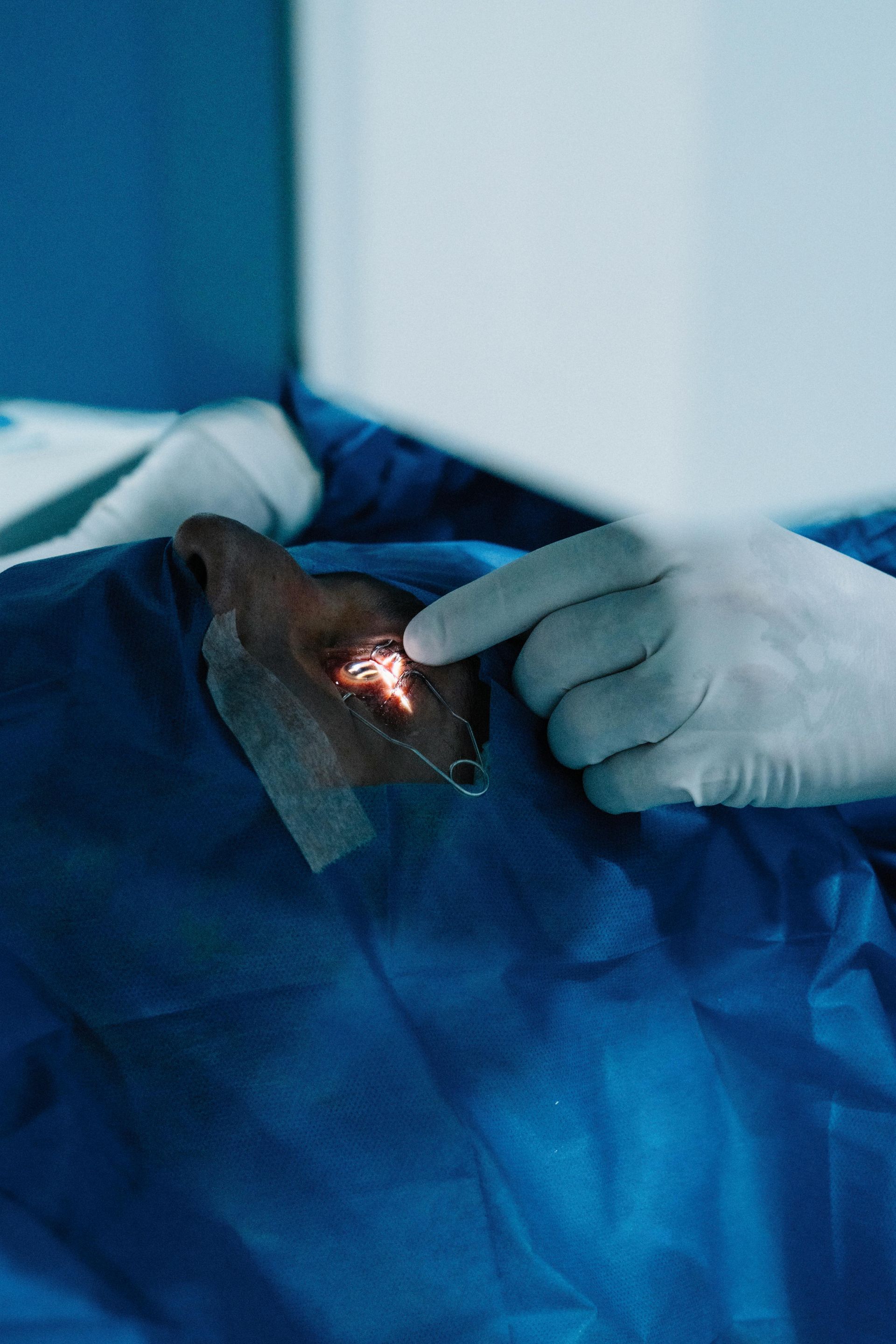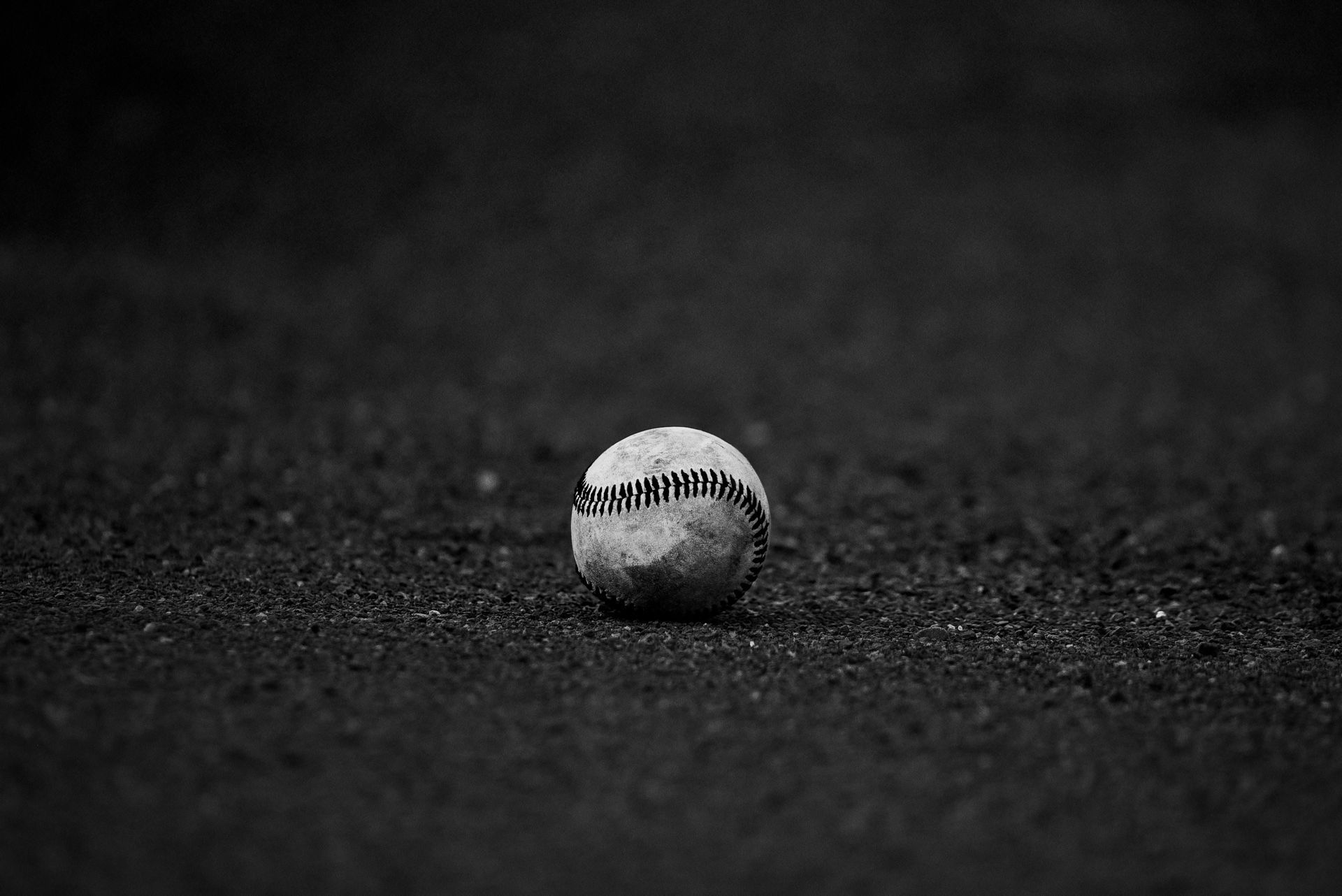the good doctor on: Blue Light
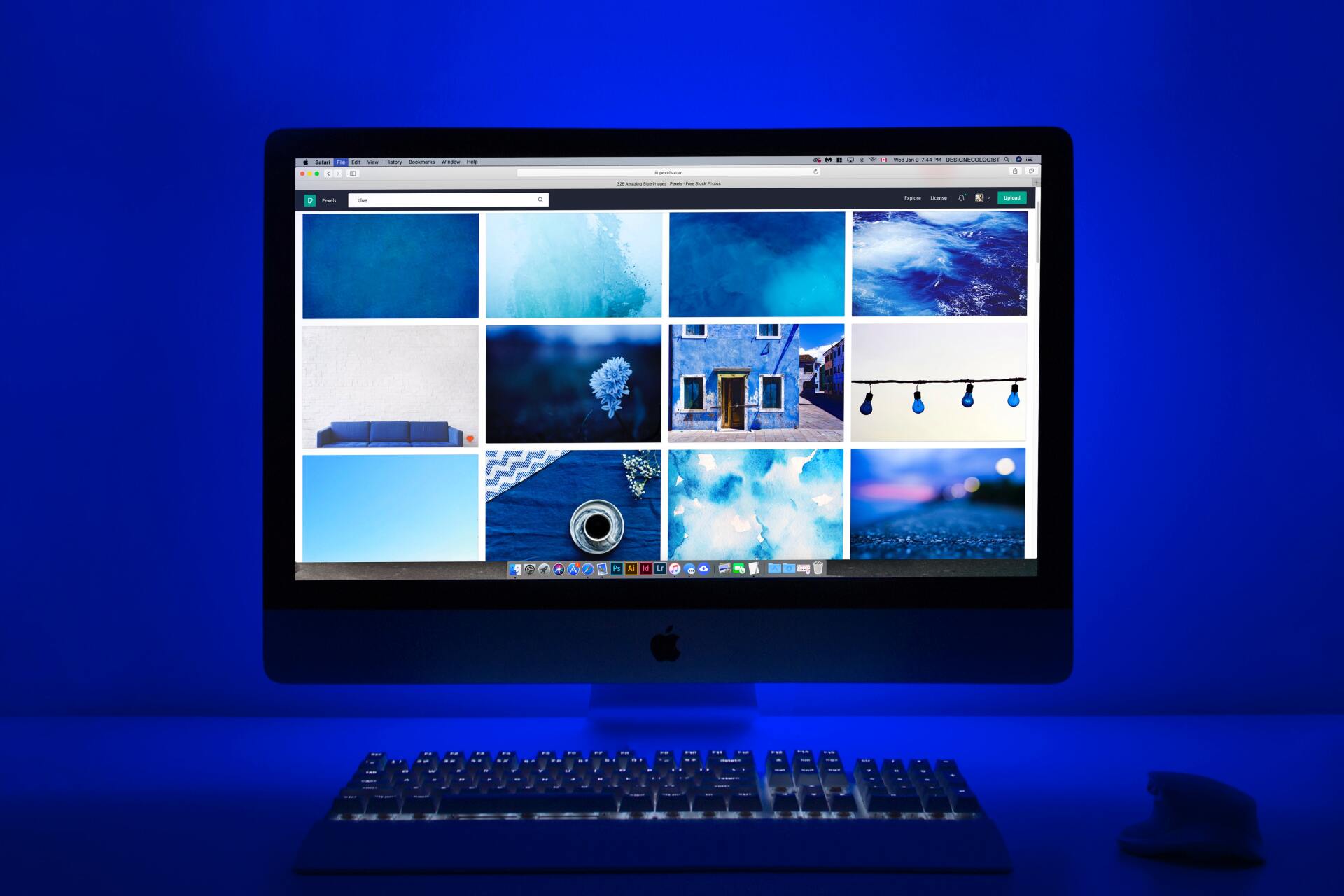
Blog #22 : I
guess that’s why we call it the blues.
Last time we looked at dry eyes. We turn this time to something that is related to dry eyes but has even more far-reaching effects: blue light. What is wrong with blue light? Too much of it is the problem. Daylight has a fair proportion of blue light, think of blue skies. Our twenty-first century artificial light sources also have a lot of blue light.
Our bodies have daily rhythms, like blood pressure and even eye pressure. They also produce melatonin, a sleep-inducing hormone that our pineal gland manufactures in response to daylight. The problems occur when we expose ourselves too much to artificial daylight. Sources of this light are LED screens, LED bulbs, fluorescent bulbs and any mobile device. No wonder we are having problems. The results of over-exposure to blue light are reduced REM sleep, insomnia, trouble in getting to sleep in the first place, and a number of cardiovascular issues, including diabetes. The resulting fatigue also weakens our already taxed immune systems and is in itself a problem (yawn).
What can be done, outside of returning to our caves and
cooking over an open fire ( it might be a nice change, so stay tuned for Survivor
Australopithecus ). Seriously, all
of us are exposed to excessive blue light, but what can we do about it? As mentioned in Blog #20 on screens, there
have been some improvements in screen design in the past few years leading to reduced
light output (less light) and lengthened wavelengths (less blue). “Eye-saver” screens are worth considering if
you are in the market for a new device. But what to do now?
Changing your light source before bed to a longer, warmer wavelength is a good plan. Think about your light sources and screen time, what can be changed? Sometimes not a lot, blue light is ubiquitous. There are ways to protect your eyes and your night’s sleep: a blue-blocking anti-reflection coating on your spectacle lenses or, for the contact-lens wearer, the new Johnson & Johnson transitions Oasys contact lens which blocks UV and blue light. Many people who do not normally wear glasses opt for a non-prescription pair of glasses with a blocker.
This way you reduce your exposure to blue light, and you have a much better chance at getting that much needed rest.
Til next week,
The Good Doctor, Dr. Mark Germain, Burlington Optometrist
